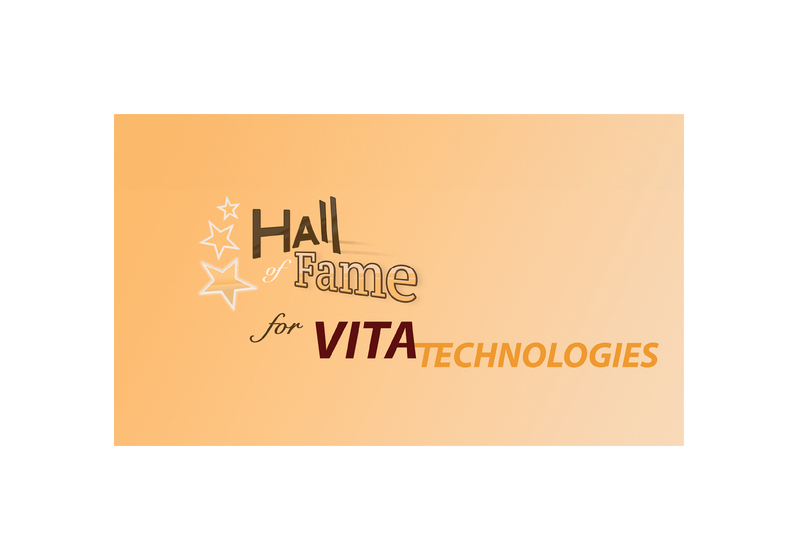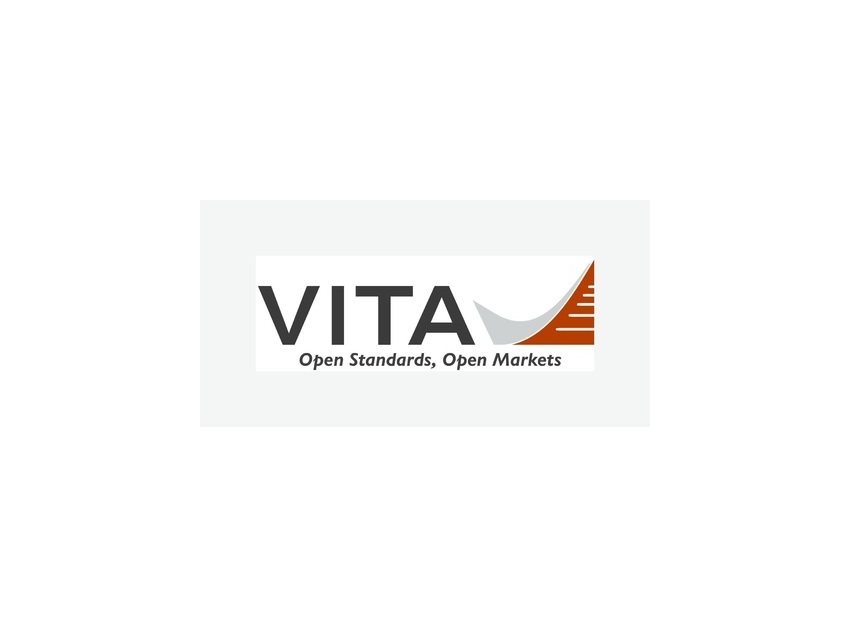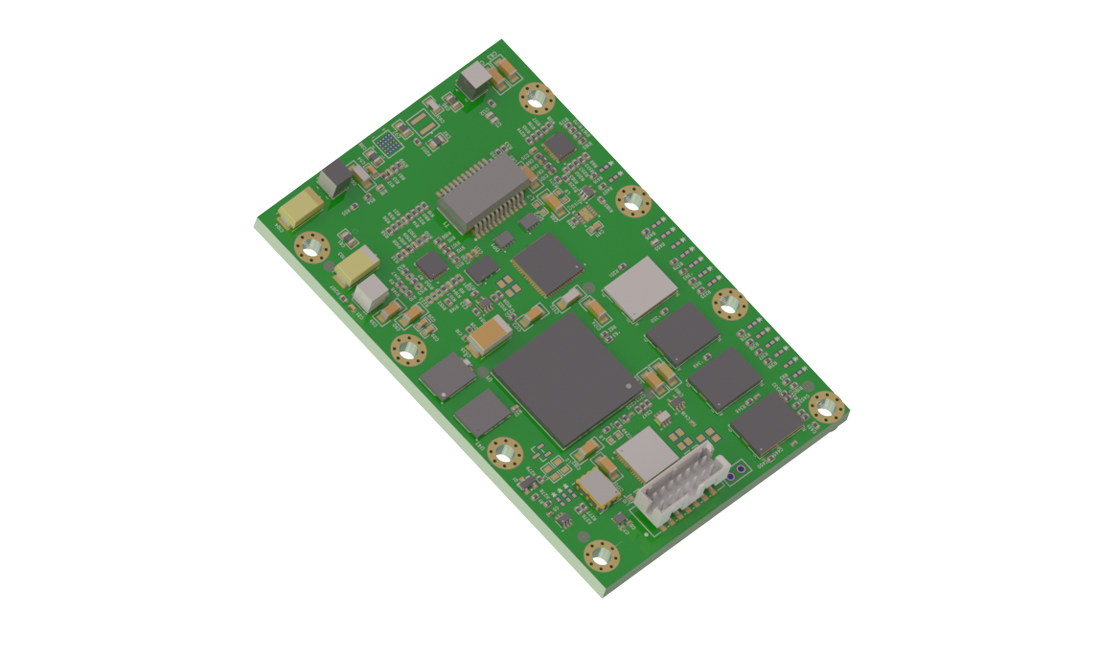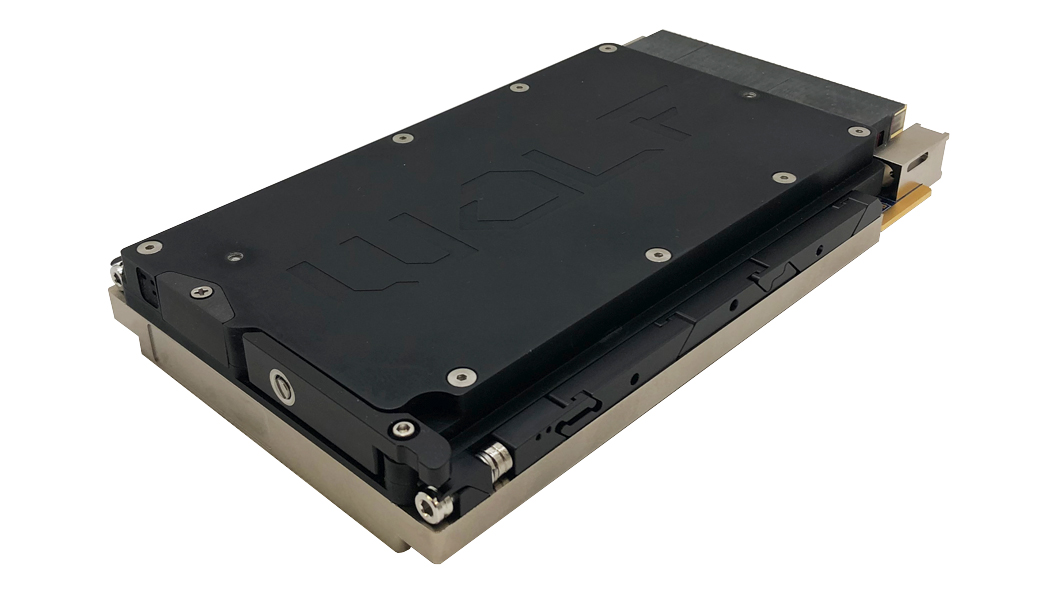PISCATAWAY, N.J. – December 2, 2008 – Power.org, the organization that promotes and develops standards for Power Architecture® technology, announced the release of Version 1.0 of the Power.org™ Common Debug API Specification. The Common Debug Application Programming Interface (API) Specification will simplify the debugging process by establishing common ground in communication protocols between development tools and embedded devices.
“Today almost every device software development tool on the market has its own method of communicating with target systems, which often conflict with each other, require individual setup, configuration and maintenance, or impose all kinds of unnecessary limitations,” said Power.org Common Debug Interface Technical Subcommittee Chair, Chris Ng. “The Common Debug API Specification establishes a set protocol for defining and accessing target services, as well as an accepted language binding for clients to locate and access services and for target agents to deploy new services.”
Power.org’s Common Debug Interface Specification provides a common set of software and hardware debug interfaces and capabilities for Power Architecture implementations that lead to lower cost software and hardware debug tools, faster development time and earlier product availability for virtually any hardware or software developer working with the Power Architecture technology.
“Even in the days when computer chips were relatively simple, debugging has never been trivial. Today, SoCs are becoming increasingly complex with multiple cores and multiple hardware blocks, which has the potential to make the debugging process extremely difficult and time-consuming,” said Power.org Marketing Committee Chair Fawzi Behmann. “Power.org’s debug specifications simplify debugging and reduce the development time required for Power Architecture-based processors and systems.”
The Power.org Common Debug Interface Specification includes a definition of the debug capabilities Power Architecture implementations should provide and a common set of features, functions and environments for Power Architecture-based products, including cores, processors and SoCs. In addition, they define a high speed serial protocol and physical connection between the debug host and the target, and the application program interface and communications framework through which the debug capabilities are accessed and utilized.
The Power.org Common Debug API Specification, Target Debug Capabilities Specification and Physical Connection for High-speed Serial Trace Specification can be downloaded from the Power.org website, www.power.org/resources/downloads/. For more information on Power.org and Power Architecture technology, please visit www.Power.org.
About Power.org
Power Architecture technology is behind millions of innovative products, including the world’s fastest supercomputers, leading video game consoles, and electronic systems in most of today’s car models. Every phone call, email and Web page touches hundreds of Power Architecture systems.
The open Power.org community, formed in 2005, is the organization driving collaborative innovation around Power Architecture technology. Power.org’s mission is to optimize interoperability, accelerate innovation and drive increased adoption of this leading processor architecture. For more details, visit www.power.org.






